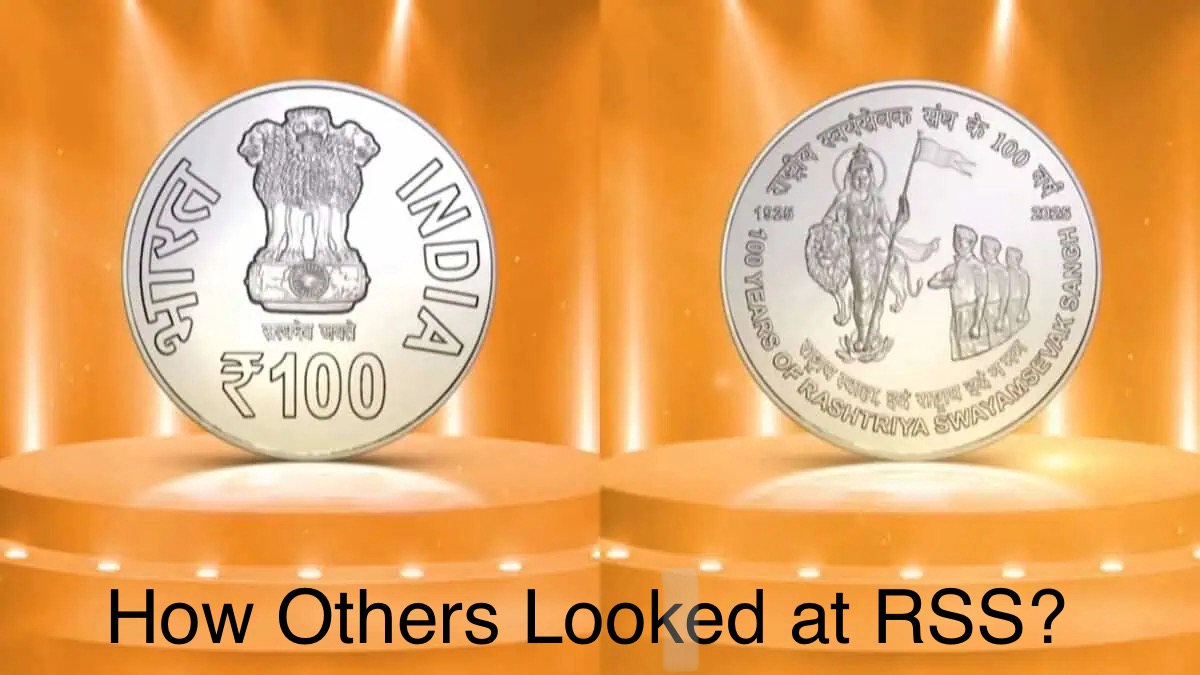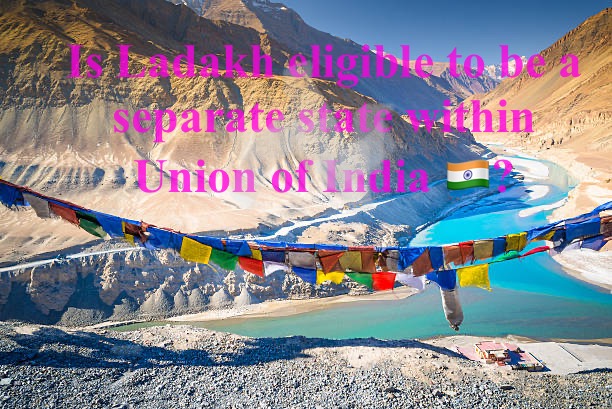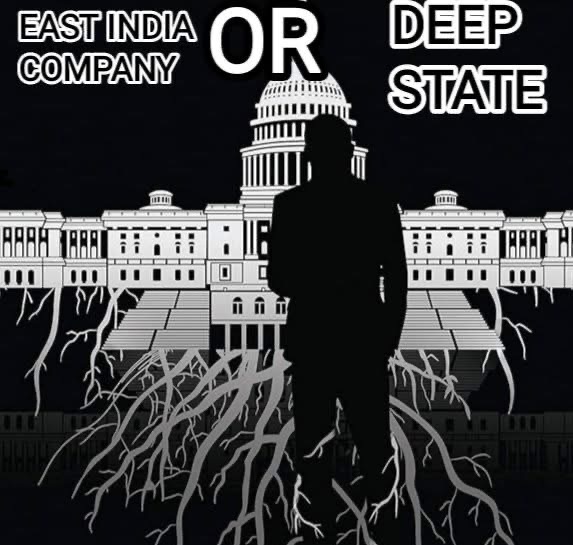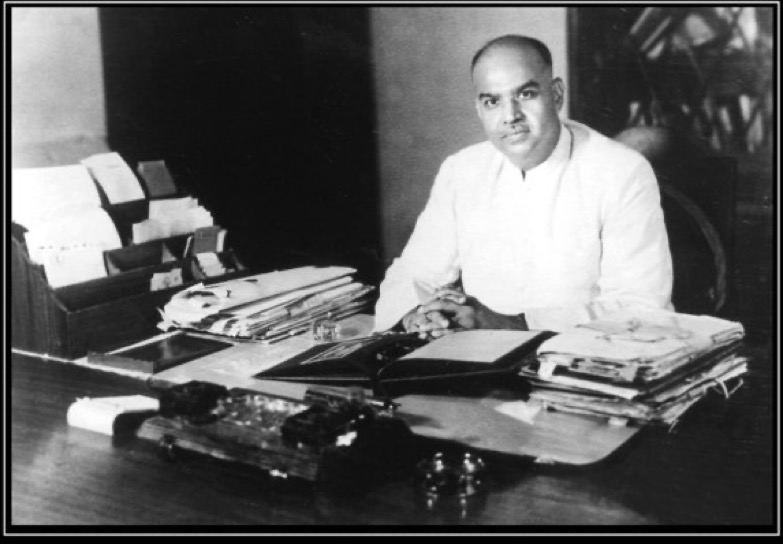
On a quiet summer morning, June 23rd, 1953-India woke up to a chilling piece of news. Dr. Syama Prasad Mookerjee, aged just 51, had died in a prison in Kashmir.
The circumstances? Mysterious.
The response? Dismissive.
The inquiry? Never happened.
And yet, this was no ordinary man. This was the first Indian political prisoner to die in free India, while protesting a decision taken by its own Prime Minister.
Let’s rewind.
The Man Who Dared the State
Dr. Syama Prasad Mookerjee was not just a politician. He was a rare blend of academic brilliance, moral steel, and nationalistic fire.
At 33, he became the youngest Vice Chancellor of Calcutta University.
He had degrees in law, travelled to England to become a barrister, and returned not to chase power but to serve his nation.
He helped preserve Hindu-majority areas of Bengal during Partition, saving what we now call West Bengal from becoming part of Pakistan.
He was a Cabinet Minister in Nehru’s first government, handling Industries and Supply, laying the foundation for post-independence India’s economy.
But when Nehru signed the Nehru-Liaquat Pact in 1950, a deal that many felt compromised Hindu rights in East Pakistan, Mookerjee walked away.
He resigned. On principle.
The first Union Minister to ever do so.
The Birth of an Idea
A year later, in 1951, he founded a new political outfit: the Bharatiya Jana Sangh. It wasn’t backed by big money, media, or muscle.
It was born from an idea, that India needed a nationalist alternative to the Congress, one that prioritized civilizational integrity, cultural pride, and national unity.
That party, against all odds, would one day grow into today’s Bharatiya Janata Party (BJP), the world’s largest political party. But Mookerjee would never live to see that.
Kashmir: The Final Stand
In the early 1950s, Kashmir had become a political black hole. Under Article 370, it was granted special status:
- Its own flag
- Its own Prime Minister (then called Wazir-e-Azam)
- Indian citizens needed a permit to enter their own country’s territory
Dr. Mookerjee was stunned. He asked the one question that would become his battle cry:
“How can there be two constitutions, two flags, and two Prime Ministers in one nation?”
When the government refused to listen, he decided to act. In May 1953, he announced a nationwide Satyagraha, and declared he would personally enter Jammu & Kashmir without a permit. It was an act of civil disobedience.
A symbolic protest.
And perhaps, a step too far for the Nehru government.
The Arrest and the Silence That Followed
On May 11, 1953, Dr. Mookerjee crossed the Ravi river bridge at Madhopur and entered Jammu.
He was arrested immediately. But instead of being held in a regular jail, he was taken to a remote cottage near Nishat Bagh, far from Srinagar city, and quietly locked away.
It wasn’t a jail.
It was a “ghost prison”-a house converted into a “sub-jail” overnight.
No access to visitors.
No medical help.
No communication.
And then, something even more alarming happened.
A Death Wrapped in Darkness
Dr. Mookerjee had a known allergy to penicillin. He had informed the doctors. His family confirmed it. Yet, on June 22, a doctor reportedly administered streptomycin, claiming “new studies show it’s safe now.” By evening, his condition rapidly worsened.
On June 23, 1953, around 4:00 AM, he died.
But what followed was even more disturbing:
- No post-mortem was conducted.
- No inquiry was ever launched.
- His medical records vanished.
- His personal diary disappeared.
- His mother’s plea for a judicial probe was denied by Nehru himself.
Parliament was outraged.
Opposition leaders called it a custodial murder.
But history, as it often does, moved on.
The Dream He Died For
For decades, Article 370 remained untouched, a bitter symbol of Mookerjee’s unfulfilled vision.
Until 5th August 2019, when Prime Minister Narendra Modi and Home Minister Amit Shah abrogated Article 370.
It was more than a legal move.
It was a civilizational correction.
The slogan Mookerjee coined finally came true:
One Nation. One Constitution. One Flag.
More Than A Memory
Dr. Syama Prasad Mookerjee doesn’t feature in many textbooks.
His face doesn’t adorn currency notes.
His name rarely appears in state-approved “freedom struggle” chapters.
But his story is one of courage, clarity, and consequence.
He stood up when it was dangerous to do so.
He questioned the powerful and paid with his life.
And so, every 23rd June, we must remind ourselves:
“Jahan hue balidan Mookerjee,
Wo Kashmir hamara hai.”
Vande Mataram. Jai Hind.
Let truth not remain buried forever.

